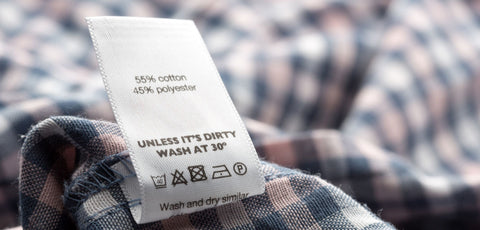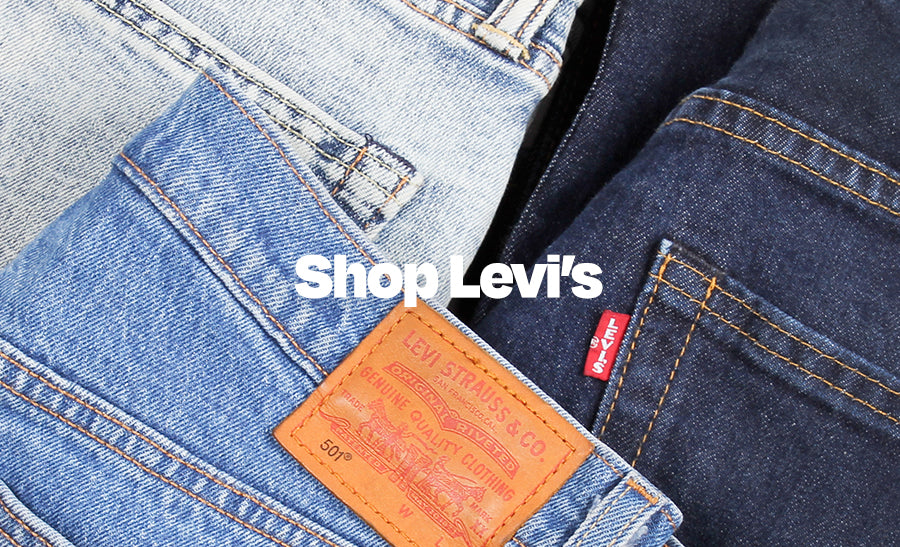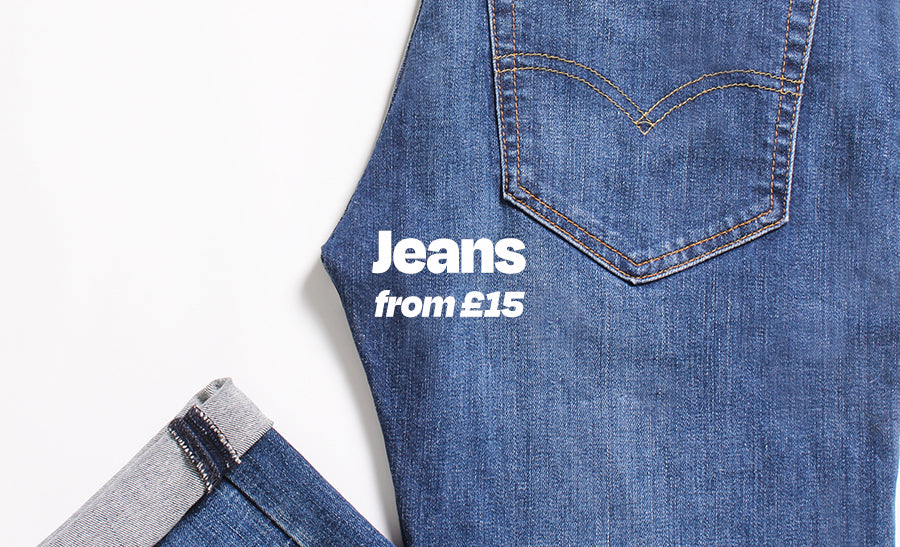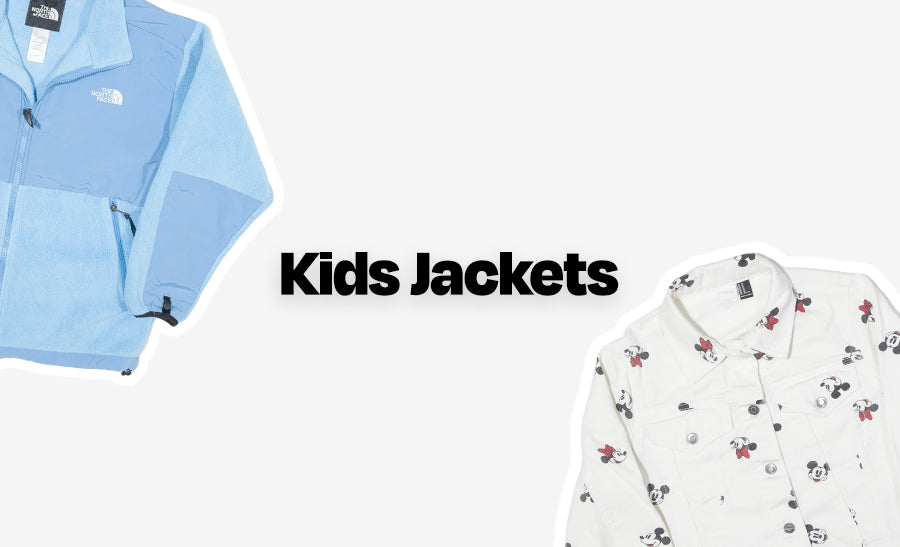It’s Plastic Free July! The Plastic Free July initiative was started back in 2011, with the aim of seeing a world free from plastic waste. The whole idea is to make you stop and consider your use of plastics, single-use plastics and what we do with them. We thought we’d reflect and educate people on the use of plastics within the fashion industry and the effects this has on the environment and how we can all try to make a difference.
The Use of Plastics in Clothes
What you may not have been aware of is just how much plastic is used in the production of clothes. Each year, the fashion industry uses 342 million barrels of petroleum plastic-based fibres such as polyester, nylon or acrylic. This equates to 1.35% of the globe’s oil consumption. On top of that, these plastic fibres are responsible for 73% of the microfibre pollution in Arctic waters. These figures become even more worrying when you learn that fashion brands are now producing almost TWICE the amount of clothing that they were back in 2000, with most of this growth coming from clothes made using plastic-based fibres.

Use of Plastic for Packaging
Along with the vast amount of plastic being used in the making of clothes, you also have to consider the amount of packaging used, especially as online shopping has become so accessible. The plastic packaging used by the fashion industry is estimated to make up to 26% of the total volume of plastics made every year. PLUS, 72% of these plastics are then thrown away and inevitably end up in landfill.

Let’s be Proactive
So, how can we make a difference? Do we refuse to buy clothes that have been made out of plastic-based fibres? Well, there are a few different ways to approach this.
- Think about your buying habits - You can take into consideration when buying new clothes what they are made of and whether it’s worth buying items that are made of 100% cotton for example. However, as shown from the facts above, a considerable amount of today’s clothes are made from plastic-based fibres. This is when shopping second-hand can be the most beneficial thing you can do for the environment. By purchasing second-hand clothes instead of new, you are of course decreasing your second-hand items’ carbon footprint, as the plastics that have gone into making that item are being put to more use and not ending up in landfills - Great! This also reduces the need for the VAST amount of new clothes that fashion brands are needing to produce to keep up with demand. Shopping second-hand is 100% going to be the best way to reverse the fast-fashion mindset and lower the demand for the ridiculous amount of new clothes being made and the awful effects this has on the environment.
- Try to reduce washing - It’s also worth considering how much you are washing your clothes, as it’s through washing your clothes made up of plastic-based fibres that microplastics end up in our waterways. So maybe try and get a few more wears out of your clothes before washing them!
- Think about packaging - Consider buying your clothes from companies that don’t use single-use plastic packaging to send their products. A lot of companies now use biodegradable or paper/ cardboard alternatives for their packaging, which is of course much better for the planet, as plastic bags can take up to 1000 years to decompose. You can also try and re-use any plastic packaging you do receive, for packaging things yourself in the future or for storing small bits of things that otherwise get easily lost like screws for example. There’s no need for plastic packaging to end up in landfills, or accidentally littering animals’ habitats or waterways. There are so many alternatives to plastic packaging these days, so we should say “no” to the companies that aren’t making the effort to switch to an eco-friendly alternative.






























































































